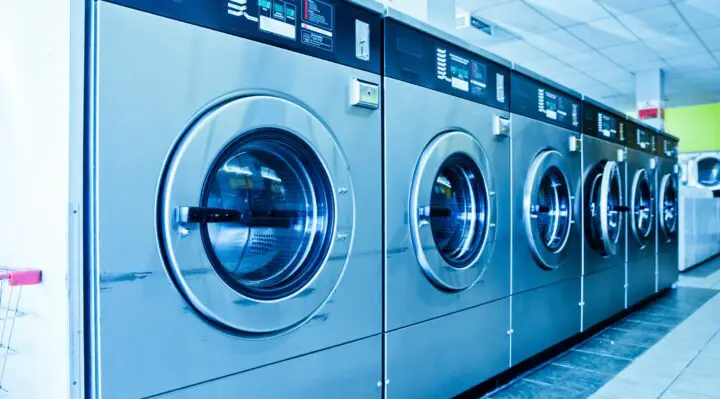How do low water washing machines work? Understanding this can help you make smarter, environmentally friendly decisions for your home. These cutting-edge appliances are designed to deliver impeccable cleaning results while reducing your water consumption, but how exactly do they accomplish this? This step-by-step guide will break down the technology behind low water washing machines, providing you with a thorough understanding of their functionality.

Table of Contents
How Do Low Water Washing Machines Work: Understanding the Concept
Before diving into the intricate workings of low water washing machines, it’s important to grasp the general concept. These appliances, also known as high-efficiency (HE) washing machines, are designed to use significantly less water and energy than traditional models. They achieve this through technological innovations that allow them to maximize cleaning power while minimizing water use.
The Loading Mechanism
One fundamental factor in understanding how low water washing machines work involves the machine’s loading mechanism. Unlike traditional top-loading machines, most low water washing machines are front-loading. This design allows the clothes to be submerged and moved through the water, reducing the amount of water needed for thorough washing.
For more articles on washer efficiency, click here: Washing Machine Efficiency: Comprehensive Guide to Saving Energy
Advanced Washing Actions
Low water washing machines use advanced washing actions to ensure clothes are thoroughly cleaned with less water. Instead of filling the entire drum with water, these machines only use enough water to wet your clothes. The drum then moves in a way that causes the clothes to tumble and turn, effectively distributing the water and detergent throughout the load.
High-Speed Spin Cycles
Another key element of how do low water washing machines work is the high-speed spin cycle. After washing, the machine spins the clothes at a higher speed than conventional washers. This efficiently removes more water from the clothes, which reduces the amount of energy required for drying, saving you additional resources.
Smart Sensing Technology
Finally, low water washing machines often feature smart sensing technology that measures the size and fabric type of each load. This helps the machine to adjust the amount of water and detergent needed, ensuring efficient use of resources without compromising on cleaning performance.
In conclusion, understanding how low water washing machines work can not only help you make a more informed purchase, but it can also lead to better maintenance practices and a longer lifespan for your appliance. Embracing these water-saving technologies is a significant step towards a more sustainable lifestyle.
